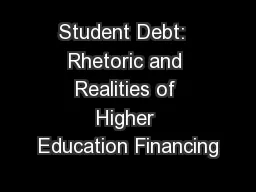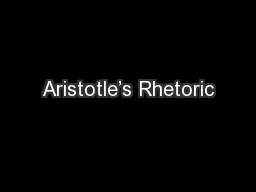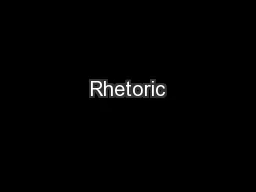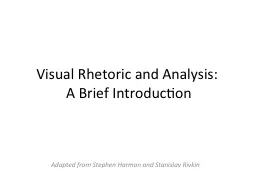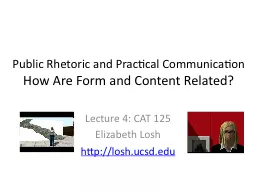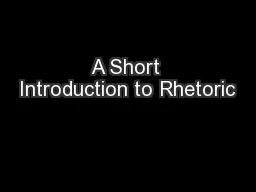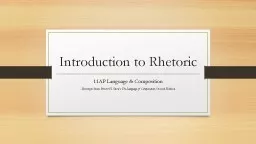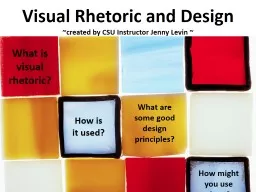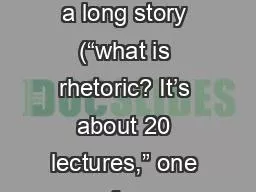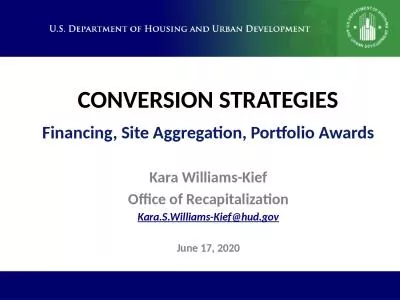PPT-Student Debt: Rhetoric and Realities of Higher Education Financing
Author : conchita-marotz | Published Date : 2018-03-15
Sandy Baum COSUAA May 2017 Student debt Good bad and misunderstood Why is the common understanding of student debt so at odds with the realitiesboth the positive
Presentation Embed Code
Download Presentation
Download Presentation The PPT/PDF document "Student Debt: Rhetoric and Realities of..." is the property of its rightful owner. Permission is granted to download and print the materials on this website for personal, non-commercial use only, and to display it on your personal computer provided you do not modify the materials and that you retain all copyright notices contained in the materials. By downloading content from our website, you accept the terms of this agreement.
Student Debt: Rhetoric and Realities of Higher Education Financing: Transcript
Download Rules Of Document
"Student Debt: Rhetoric and Realities of Higher Education Financing"The content belongs to its owner. You may download and print it for personal use, without modification, and keep all copyright notices. By downloading, you agree to these terms.
Related Documents

